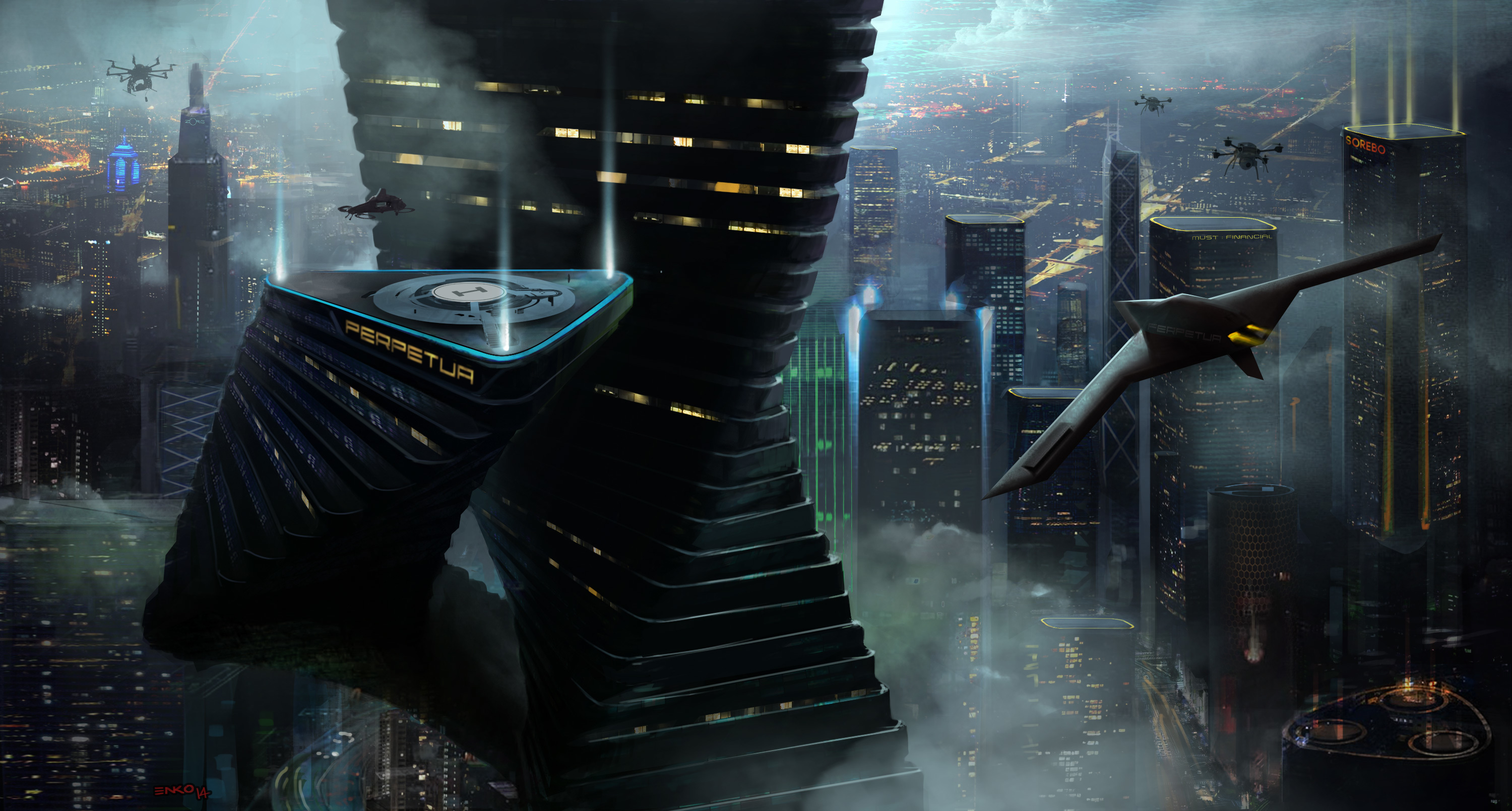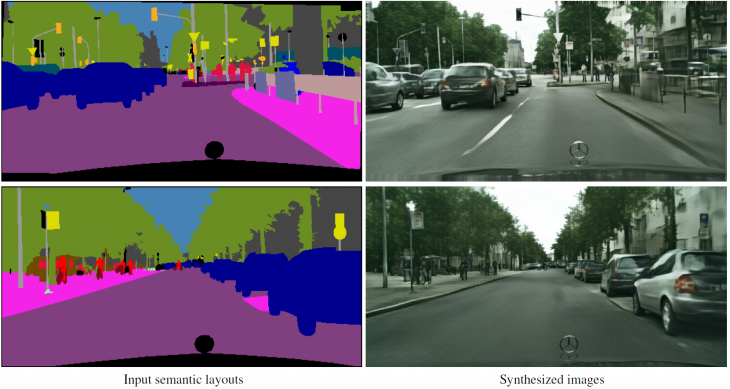With the advent of AI technology, self-driving cars, facial recognition and speech recognition are some of the adaptations that people make use of, in their day to day life. Presently AI is on its way to build photorealistic worlds on its own.
In the research carried out by Researcher Qifeng Chen of Stanford and Intel, 5000 photos from German streets were fed into the AI system. This was a Tensorflow implementation of cascaded refinement networks. With a small amount of human help AI system was able to build slightly blurry recreated scenes. The video above is a result of the research carried out.
In order to create an image using the AI system, humans have to enter details of what object goes where. For example, place a car there, place a tree here, put a building along to the right. It is sketched in numbers and the system manages to create an utterly unique scene based upon the input. In other words, when a semantic label map is input into the system, AI produces photographic images that conforms to the input layout.

Based on the paper “Photographic Image Synthesis with Cascaded Refinement Networks” presented at International Conference on Computer Vision, the system thus behaves as a rendering engine that takes a 2D semantic description and produces a corresponding image.

AI Model is a convolutional network, trained based on supervised learning on pairs of photographs and corresponding semantic layouts. The images that were synthesized, seamlessly scaled up to a resolution of 2 megapixels (1024×2048).
Even though AI is not able to create paintings to approach photorealism as highly trained craftsmen, these experiments have proved that artificial systems have the ability to synthesize an image that looks like a photograph based on a given novel semantic layout.



